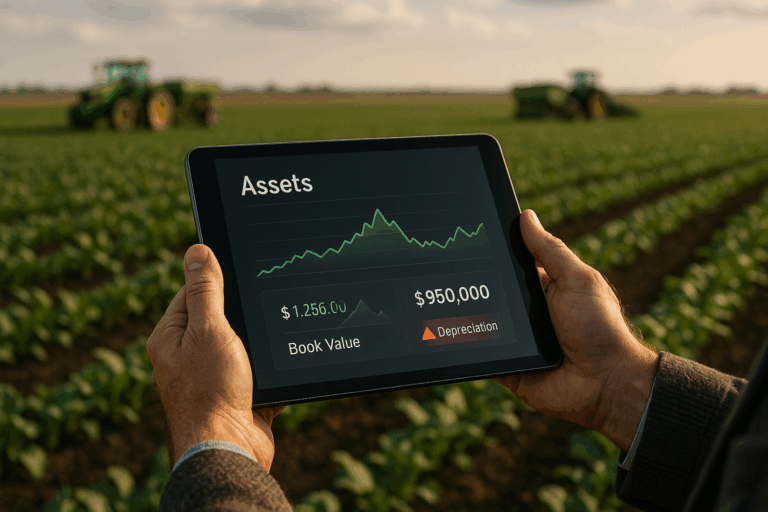One of the major accounting challenges in recent years has been the differences between the Generally Accepted Accounting Principles (GAAP) and the International Financial Reporting Standards (IFRS) in lease accounting. While both standards have undergone major revisions in recent years to bring them closer together, one of the most significant differences that still remains is the definition of a lease.
Table of Contents
ToggleThe Definition of a Lease under GAAP and IFRS Standards
Under the IFRS standard, all leases are considered financial leases. This means that the lessee must recognize the leased asset and the corresponding liability on their balance sheet. The IFRS standard defines a lease as a contract that conveys the right to use an asset for a period of time in exchange for consideration.
In contrast, the FASB/U.S. GAAP standard distinguishes between two types of leases: operating leases and finance leases. An operating lease is treated as a rental expense on the lessee’s income statement, and the leased asset is not recognized on the lessee’s balance sheet. A finance lease, on the other hand, is treated like a purchase of the asset, and the lessee must recognize the leased asset and the corresponding liability on their balance sheet.
Implications for Lessees
The difference in the definition of a lease has important implications for both lessees and lessors. Under the IFRS standard, a lessee must recognize all lease liabilities on their balance sheet, which can significantly affect their financial ratios and key performance indicators. This can also impact a company’s borrowing capacity, as lenders may be hesitant to extend credit to companies with high levels of lease liabilities.
Implications for Lessors
For lessors, the difference in the definition of a lease can impact how they structure lease agreements. Under the FASB/U.S. GAAP standard, lessors may be more likely to structure leases as operating leases, as this allows them to retain ownership of the leased asset and avoid the need to recognize lease liabilities on their balance sheet.
Examples
Here are some examples of how the difference in the definition of a lease between the GAAP and IFRS standards can impact how lessors structure lease agreements:
- Car Lease Example: A car rental company leases cars to customers for a period of three years. Under the FASB/U.S. GAAP standard, the car rental company may structure these leases as operating leases, as they retain ownership of the cars and are not required to recognize lease liabilities on their balance sheet.
- Real Estate Lease Example: A property owner leases a commercial property to a tenant for a period of 10 years. Under the IFRS standard, the property owner must recognize the leased asset and the corresponding lease liability on their balance sheet. To avoid this, the property owner may choose to structure the lease as an operating lease under the FASB/U.S. GAAP standard, which would allow them to retain ownership of the property and avoid recognizing lease liabilities on their balance sheet.
- Manufacturing Equipment Lease Example: A manufacturing company leases specialized equipment from a leasing company for a period of five years. Under the IFRS standard, the manufacturing company must recognize the leased asset and the corresponding lease liability on their balance sheet. However, if the leasing company structures the lease as an operating lease under the FASB/U.S. GAAP standard, they can retain ownership of the equipment and avoid recognizing lease liabilities on their balance sheet, which may be more attractive to them.
Conclusion
In all of these examples, the difference in the definition of a lease between the GAAP and IFRS standards can impact how lessors structure their lease agreements. It is important for companies to carefully consider the accounting implications of their lease agreements and to choose a lease structure that best aligns with their financial goals and objectives.
While efforts have been made to bring GAAP and IFRS lease accounting standards closer together, there are still important differences that companies need to be aware of. As such, it is crucial for companies to have a deep understanding of both sets of standards and to work with experienced accounting professionals to ensure compliance.
As the global business landscape continues to evolve, it is likely that we will see further changes and updates to lease accounting standards. Staying informed and up-to-date on these changes will be key to successfully navigating the complex world of lease accounting.



























